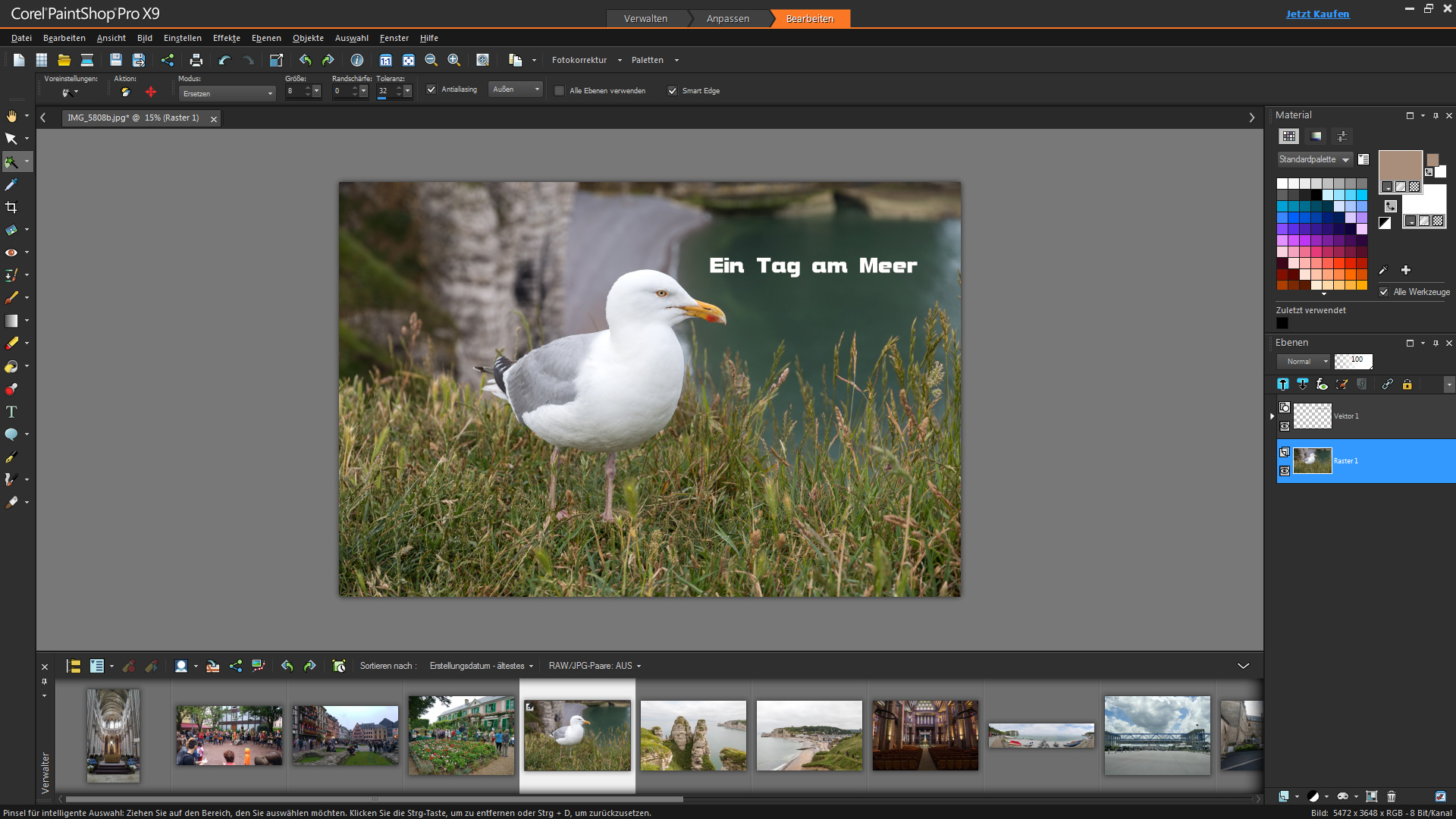
This launches a wizard that lets you gather all the files in the layout (such as fonts), create a PDF, and store all the files in one folder, making it easy to send to a service bureau. I made things easier for the printer by clicking File > Prepare for Service Bureau in CorelDRAW X3. I’ve also published layouts that were solely created in CorelDRAW X3 to PDF. Removing Moiré Patterns in Corel PHOTO-PAINT X3 Before using another technique, click on CTRL + Z to undo the effect or your results will be cumulative. Note that each technique presented here will give you a different result. In some cases, scanning such an image creates a moiré pattern. In the process of printing the magazine, dots are overlaid to create the color image that you see. In my experience, moiré patterns often occur when scanning images from a magazine. Sometimes moiré patterns are the result of an original image that has tightly knit, multicolored areas or a tightly repeating pattern, such as a hound’s tooth design in fabrics. Sometimes when scanning, you’ll encounter moiré patterns, which are caused by a misalignment between pixels and a scanning device or camera, making patterns turn into rainbow-colored streaks. Smooth contrast definition from highlights to shadows, where highlights retain some detail and aren’t blown out, and shadows contain detail and don’t suddenly fall to solid black.The higher the quality of both your scanner and original image, the better the image you have to work with in Corel PHOTO-PAINT X3 will be.Ī high-quality original yields the best results, whether it’s print or film. There are a couple of important things to consider when scanning: the quality of your print or film scanner, and the quality of the image being scanned. The layers will be visible but not printable. To the left of the layer name you can lock the layer (click on the pencil icon ), hide the layer (click on the eye icon ) and make it printable or non-printable (click on the printer icon ).īy making a layer non-printable, you can create a layer for comments to other people involved in the process of creating the document. Īs soon as you have clicked this button, you can rename the layer. To create a new layer, click the New layer button at the bottom of the Object Manager Docker. In this example, each page contains layers with text in different languages as well as a “background” and “pictures” layer. You can also use guides and layers on individual pages, so these will only apply to the page you have selected. Using the Guides and Grids of the Master Page will reveal guides and grids on all pages. You can also see the Master Page layer.Įverything you put on the Desktop part of the Master Page will be shown on all pages.

In the picture above you can see two pages with their own layers. If certain pages (such as the cover page) have their own specific content, it often makes sense to use separate layers for this.

Now you can work with layers on individual pages in CorelDRAW X4, as well as Master layers and Guide layers. Working with layers in CorelDRAW Graphics Suite X4

Click on the Snapshot thumbnails, and you can browse through the different adjustments to find the best adjustment.Click the Create Snapshot button again, and you have made a new thumbnail showing the second adjustment.Click the Reset to Original button, and make some other adjustments,.Click the Create Snapshot button again, and you have made a new thumbnail showing the adjustments.Make some adjustments in the picture by dragging the different sliders to the left or to the right.This is shown by the small thumbnail picture below the image. Click the Create Snapshot button in the bottom of either of the screens, and you have created a snapshot of the image as it is.In both cases, there is an excellent feature: The Create Snapshot feature Open the image in Corel PHOTO-PAINT, and select the Adjust menu | Image Adjustment Lab, and you will see the same window as mentioned before.You can adjust the image even further by clicking the Detail Tab, and in the Properties area, you can find details about the camera settings etc.īut when you do not have access to the RAW-format you can edit the image in this way: The dialog box looks much like the Image Adjustment Lab in Corel PHOTO-PAINT, but you have the White Balance option that works much like resetting your camera before you shot the picture. You will then get a dialog box as shown below. You can save your picture as a RAW-file, or import it directly from the camera into Corel PHOTO-PAINT.


 0 kommentar(er)
0 kommentar(er)
